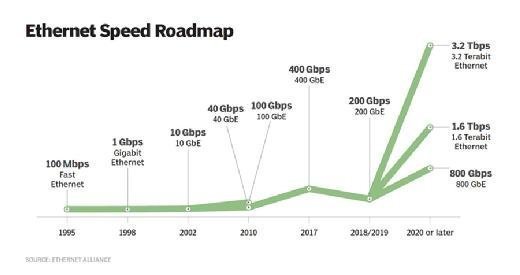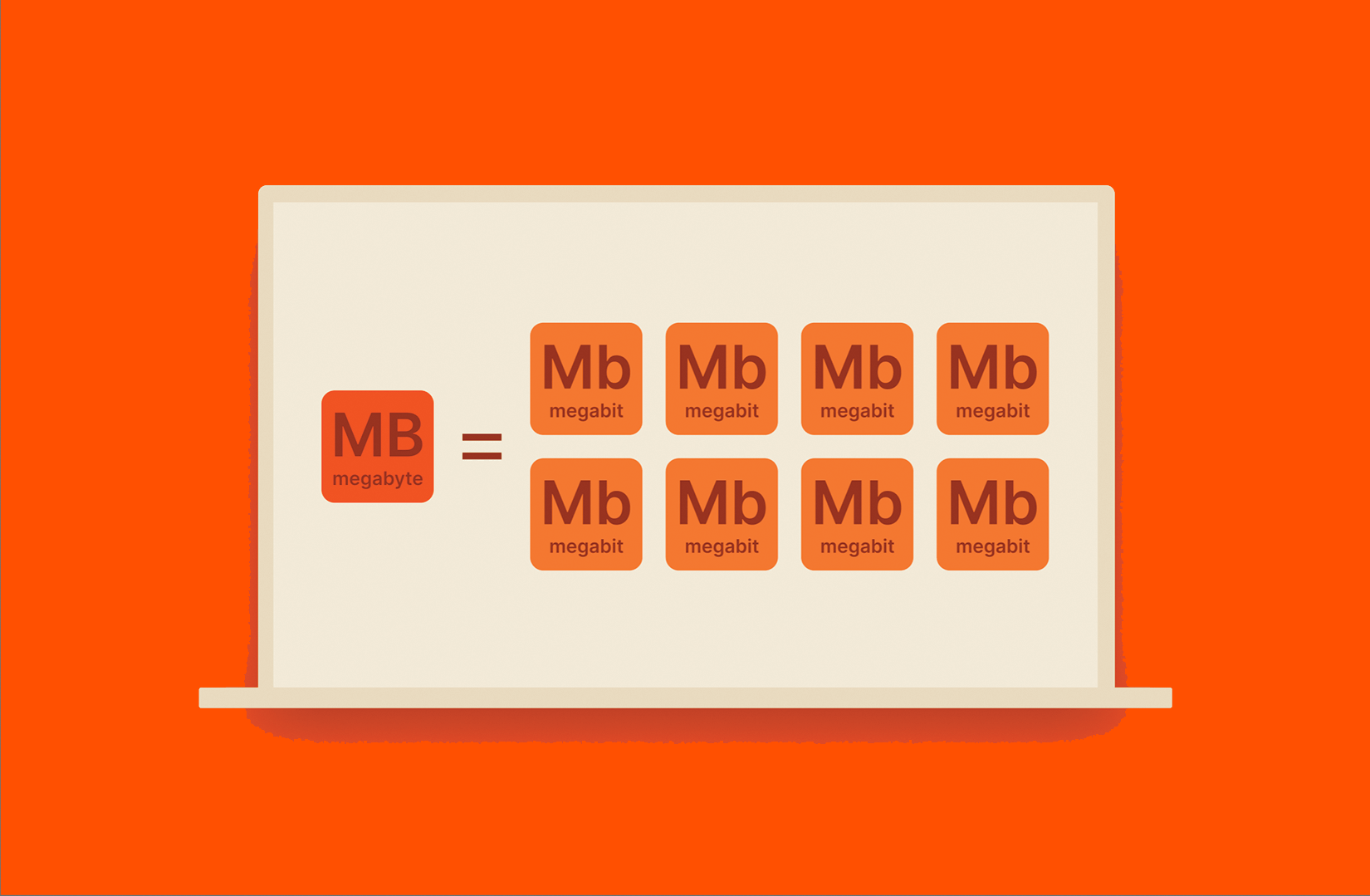The Function of Megabits Per Second in Online Video Gaming Efficiency
The Function of Megabits Per Second in Online Video Gaming Efficiency
Blog Article
Exactly How Megabits Per Second Effect Your Online Tasks
The idea of megabits per second (Mbps) plays an essential function in forming our on-line experiences. As digital activities proliferate, understanding the ramifications of Mbps on video, gaming, and streaming conferencing becomes progressively essential. Higher Mbps can enhance efficiency and lower disturbances, while insufficient speeds may foster disappointment and ineffectiveness. Evaluating your home's specific demands in regard to these rates is vital, particularly as multiple devices try data transfer. The nuances of how Mbps influences different online activities necessitate additional expedition, especially as our reliance on electronic connectivity proceeds to develop.
Understanding Megabits Per Second
When considering web rate, it's important to understand the idea of megabits per second (Mbps), which works as a common measurement for data transfer prices. This metric measures just how much data can be transferred over a net connection in one second, giving a clear understanding of efficiency capabilities - Megabits Per Second. For context, one megabit amounts to one million little bits, and Mbps is commonly utilized to reveal bandwidth for various on the internet tasks
A higher Mbps indicates a quicker internet link, enabling users to do jobs such as downloading and install files, browsing web sites, and engaging in on-line gaming much more effectively. As an example, typical browsing needs around 1-5 Mbps, while streaming high-def video clip might require 5-25 Mbps. Understanding these demands is vital for establishing the appropriate internet speed needed for specific activities.
Additionally, the number of devices connected to a network can impact overall performance. Several customers streaming, video gaming, or downloading and install concurrently can stress offered data transfer, leading to slower speeds - Megabits Per Second. Assessing personal online practices and requirements is vital in selecting a net strategy that lines up with one's requirements, guaranteeing a seamless electronic experience
Streaming and Buffering Issues
Streaming high-def material has come to be a staple of modern-day on the internet enjoyment, yet it is typically accompanied by frustrating buffering concerns. These disturbances can substantially interfere with the viewing experience, bring about discontentment and potential loss of target market interaction. Buffering occurs when the information transferred from the streaming service is not obtained swiftly enough to keep a smooth playback, typically due to not enough web rate determined in megabits per second (Mbps)

Additionally, real-time streaming can be impacted by network congestion, which takes place when numerous gadgets share the same transmission capacity. Enhancing connection rate and making sure sufficient Mbps is essential for a smooth streaming experience. As streaming services proceed to progress, understanding the influence of Mbps on buffering problems remains important for consumers looking for undisturbed amusement.
Online Gaming Efficiency
The impact of net speed on on-line activities extends past streaming, dramatically affecting on-line video gaming efficiency. In competitive gaming, reduced latency and high data transfer are crucial for a smooth experience. A rapid connection decreases lag, enabling gamers to react quickly to in-game occasions, which can be the difference in between triumph and defeat.
Transmission capacity, measured in megabits per second (Mbps), plays an essential role in sustaining numerous devices and video gaming systems concurrently. Not enough bandwidth can cause went down connections or minimized video game quality, negatively impacting gameplay. On-line multiplayer video games call for substantial data transfer, especially throughout peak pc gaming hours when numerous players are online.
Fast-paced first-person shooters demand higher speeds to keep responsiveness, while turn-based method games may operate fairly well on reduced speeds. As online pc gaming continues to evolve, with increasing visual fidelity and even more complicated multiplayer environments, the need for greater Mbps will only intensify.
Video Clip Conferencing High Quality
In today's electronic landscape, video clip conferencing high quality is heavily affected by web speed, particularly in terms of transmission capacity and latency. High-grade video clip calls need enough data transfer to transmit sound and video information flawlessly. Usually, a minimum of 1.5 Mbps upload and download speeds is advised for conventional definition video clip, while high-definition video clip conferencing typically requires at the very least 3 Mbps.
Latency, or the delay in between sending out and getting data, additionally plays an essential function in the customer experience. Low latency ensures that discussions flow normally without awkward stops briefly or interruptions. Preferably, helpful resources latency should be listed below 150 nanoseconds for effective communication. Greater latency can result in resemble, lag, and disjointed communications, which can impede cooperation and engagement throughout meetings.
Additionally, numerous individuals in a video conference can strain offered data transfer, demanding also greater rates. Network congestion, frequently triggered by synchronised tasks like streaming or downloading, can better weaken video clip quality. Thus, for organizations depending on video conferencing for remote collaboration, understanding the connection between megabits per second and overall communication quality is important for keeping productivity and improving online communications.
Picking the Right Net Plan
Choosing a suitable net strategy is critical for ensuring optimal efficiency in various online activities, specifically in setups that require high bandwidth, such as video conferencing and online gaming. Megabits Per Second. When taking into consideration a net strategy, it is important to evaluate both the rate and information allocation to match your particular use requirements
For households with numerous customers taking part in synchronised activities, a plan supplying greater megabits per second (Mbps) is advised. Generally, a minimum of 25 Mbps appropriates for typical streaming and surfing, while plans going beyond 100 Mbps are more suitable for more intensive tasks. Additionally, think about the nature of your online activities; video clip conferencing needs at the very least 1.5 Mbps post speed, while online video gaming may require a lower latency yet constant link.
Endless data plans can stop strangling and interruptions, particularly if hefty use is anticipated. By thoughtfully choosing a net strategy customized to your requirements, you can improve your on-line experience, ensuring smooth, continuous accessibility to your recommended tasks.
Conclusion
Finally, the significance of megabits per second (Mbps) fit on the internet activities can not be overstated. Higher Mbps helps with seamless streaming, decreases buffering, enhances gaming experiences, and guarantees premium video clip conferencing. On the click to find out more other hand, insufficient data transfer can cause discouraging disruptions and reduced efficiency throughout different jobs. A comprehensive understanding of specific or house Mbps needs is check here vital for selecting a suitable internet strategy that effectively sustains diverse online tasks and customer demands.

Commonly, a minimum of 25 Mbps is ideal for common streaming and browsing, while plans going beyond 100 Mbps are better for even more intensive tasks. In addition, think about the nature of your online activities; video clip conferencing needs at the very least 1.5 Mbps submit rate, while on the internet gaming might require a reduced latency yet regular link.
Report this page